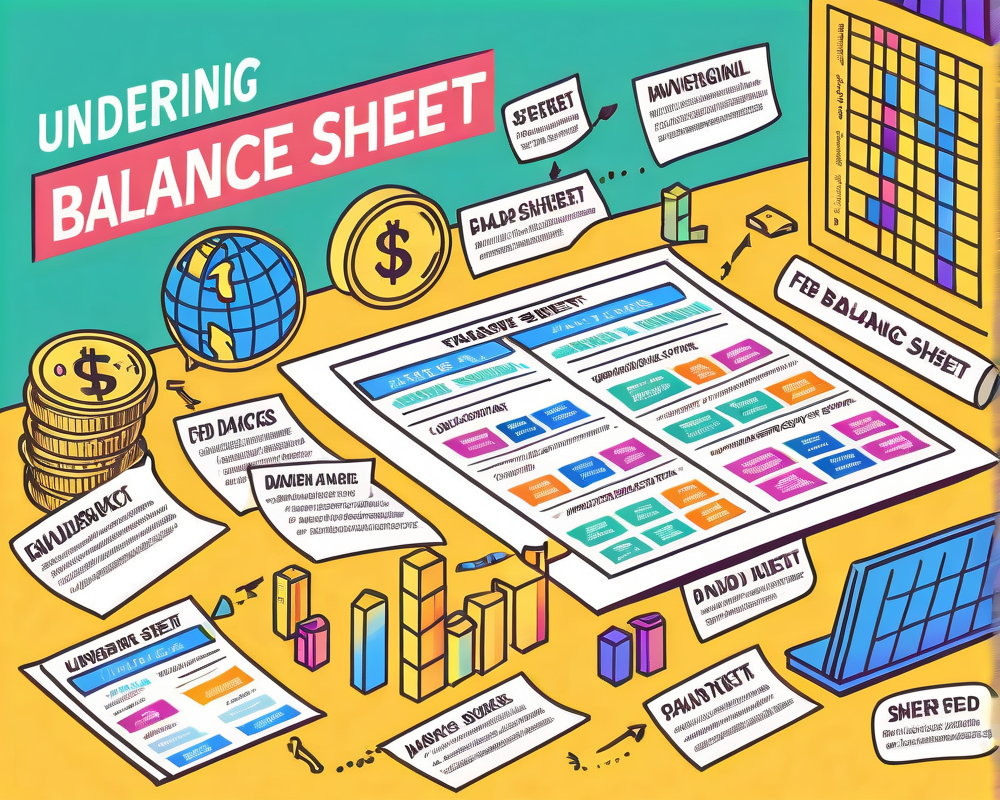Understanding Central Bank Digital Currencies (CBDCs)
Central Bank Digital Currencies (CBDCs) are all the rage in financial circles these days. Everyone’s buzzing about how they could potentially reshape the global economy, one digital coin at a time. But, like all shiny new toys, they come with their own set of quirks and unknowns. A recent panel at the World Economic Forum in Davos shed some light on what makes a CBDC tick, and spoiler alert: it all starts with design.
The Importance of Good Design
As emphasized by experts, a successful CBDC can be likened to a well-cooked soufflé; if you don’t get the right mix, it might just collapse under pressure. Sethaput Suthiwartnarueput, governor of the Bank of Thailand, highlighted that while many central banks are eager to jump on the CBDC bandwagon, practical experience is still in short supply. That’s where the Thai National Bank steps in, boasting some pioneering proof-of-concept projects dating back to 2018.
Cross-Border Payments: A Game Changer
The mBridge project, initially aimed at creating a cross-border payment corridor with the Hong Kong Monetary Authority, has grown into a multinational effort involving prominent banks from around the world. Traditional banking methods can turn cross-border transactions into a marathon race; they can take days to clear! CBDCs, on the other hand, are more like sprinters, enabling quicker transactions. Suthiwartnarueput noted the potential for substantial cost savings and efficiency, especially in remittances—which is no small feat considering the $48 billion market for international money transfers.
- CBDCs could reduce transaction costs by 50%!
- Transactions could be completed up to 68% faster.
Challenges Ahead: The Double-Edged Sword of Blockchain
Of course, all that glitters is not gold. Suthiwartnarueput also warned about the flip side of using blockchain technology. Sure, it provides transparency, but what about anonymity? Picture a world where every transfer is tracked—surely that’s a privacy nightmare! Plus, the rigorous requirements of smart contracts can lead to complications—a curse of conditionality. Suthiwartnarueput cited current sanctions on Russia as a real-world example highlighting these complexities.
The Retail CBDC Conundrum
Meanwhile, crediting the rapid progress of non-blockchain payment technologies, Credit Suisse chairman Axel Lehmann raised a couple of burning questions: Are CBDC accounts going to offer interest rates? And what about privacy? The retail CBDC landscape is paved with challenges that could make even the most seasoned strategist sweat. Kristalina Georgieva from the International Monetary Fund expressed concern that central banks are lagging—“We feel a little behind the curve,” she noted, echoing that time shouldn’t be squandered in pursuit of progress.
The Future of CBDC: An Overture to Collaboration?
Consensus seems to suggest that cross-border wholesale CBDC settlements could be achievable within five years. It’s like being on a roller coaster—exciting and a bit nerve-wracking! The urge for collaboration among central banks is palpable, and if they play their cards right, we may witness a financial revolution. So, hang tight, folks! The ride is just beginning.




